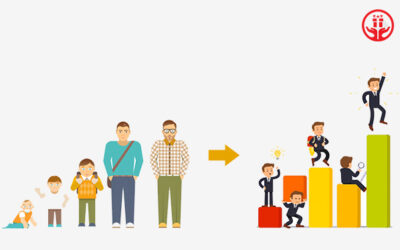Customer satisfaction measurements that must not be overlooked at all costs
What makes us revisit a restaurant? It could be the lip smacking food, great ambience and prompt courteous service. An overall great experience makes us want to go back to the same restaurant. Positive experiences result in better customer satisfaction, which leads to customer loyalty and product repurchase. And that is what every business wish to accomplish. To effectively measure satisfaction there are many strategies, but these are the 4 most important ones that are crucial to your business success.
Customer Satisfaction:
1. On-the-whole customer satisfaction measure (Emotional)
Questions like how satisfied are you with our services reflects the overall opinion of a consumer’s great experience with a product he or she has used. Customer experience are the greatest predictors of customer satisfaction as well as quality attributes. Perceived attributes can be classified as overall quality, perceived quality or extent of customer’s needs fulfilled.
2. Measurement of Loyalty (Affective, Behavioural)
Questions like would you recommend us to your friends can used effectively for loyalty measurement. Customer loyalty represents the likelihood of repurchasing products or services. Customer satisfaction predicts repurchasing pattern and is strongly influenced by performance analysis in terms of product quality and value. Loyalty is the sum total of satisfaction, repurchase likelihood, and brand recommendation probability to friends and relatives.
3. Multiple attribute satisfaction measurements (Affective and Cognitive)
Customer likes or dislikes are best measured in the context of product attributes or advantages. Customer satisfaction is the measurement of how products and services produced by a company meet or surpass customer expectation. The researchers must point out and create measures for each attribute that is imperative for customer satisfaction. Affect (likes and dislikes) and satisfaction are quite interchangeably used. The difference is that satisfaction is obtained only after purchase and represents the emotional like or dislike produced by the product’s quality or value.
Satisfaction is dependent on other post-purchase/post-experience activities like brand advocacy through word of mouth referrals and social media networking. Customer engagement results in increased search for the product or information, reduced likelihood of switching to alternative products, and even changes in preferences for shopping locations and choice behaviour.

